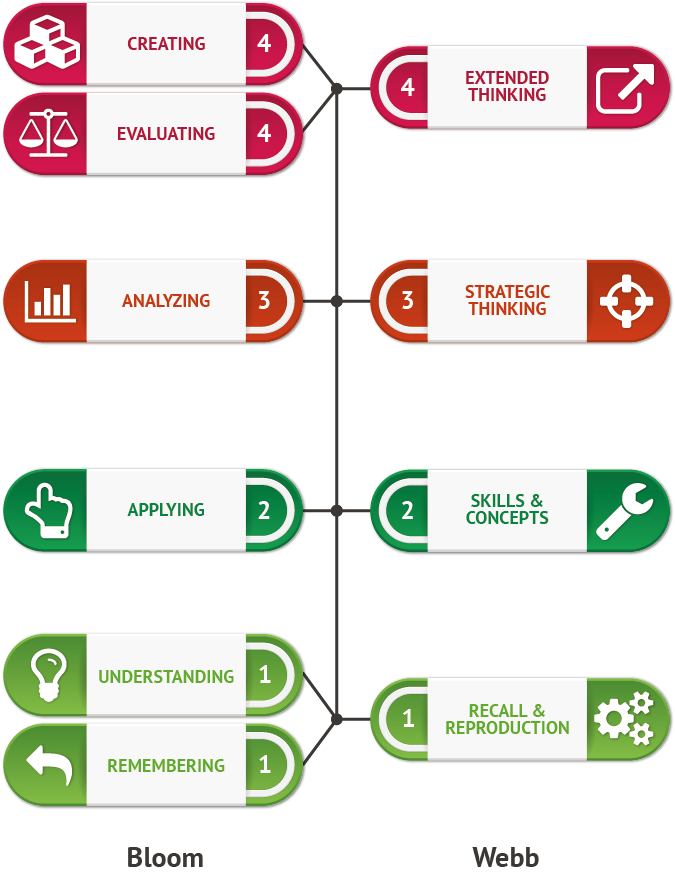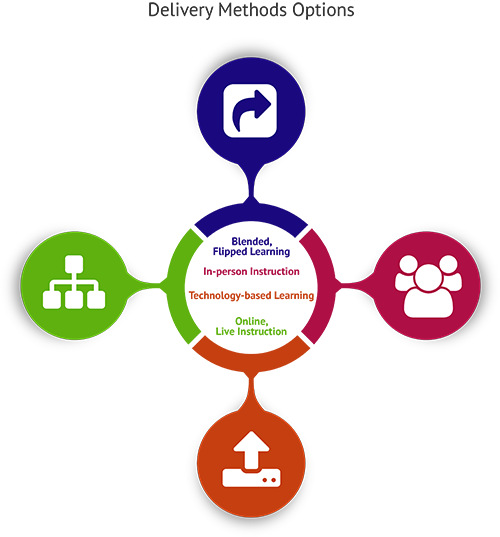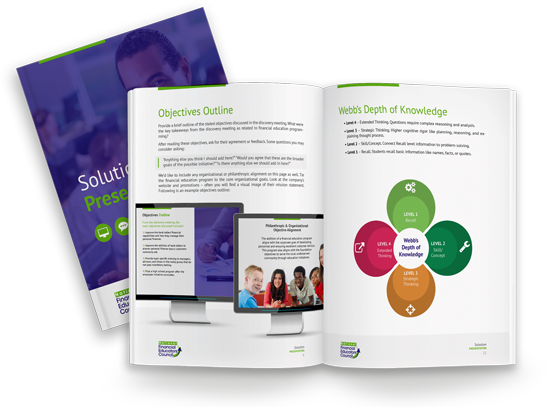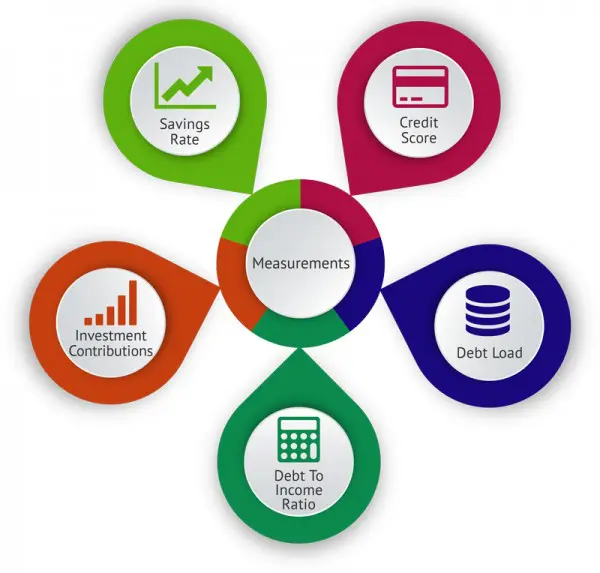Teaching Financial Literacy: Top 8 Tips
Whether you are teaching financial literacy to your child or leading a workshop with hundreds of attendees, it is important to design programming that best serves the participants. To do so, we need answers to some specific questions that will provide direction for us to mold the program to meet learner needs.
The first steps in teaching financial literacy lessons are centered around gaining a deeper understanding of your participants. The NFEC refers to these steps as the discovery phase. This phase is where you learn about the needs of the individuals you will be serving, so you can deliver programming that meets those needs.
1. Understanding Your Audience
Your goal during this first phase is to get enough answers to start roughly shaping the overall financial education path. Several tools are at your disposal to gain a better understanding of your audience. Consider these ideas:
Discussion
Talking with your participants directly, either individually or in small focus groups.
Surveys
Conducting surveys that measure participant sentiment and interests.
Audits
Review their finances to determine their current financial situations.
Testing
Measure their current content knowledge and capabilities.

2. Identifying Educational Outcomes
The NFEC suggests using Bloom’s Taxonomy of Higher Order Thinking and Webb’s Depth of Knowledge (DOK) theories when teaching financial literacy to guide your learner achievement goals. These frameworks outline the cognitive rigor of the material, and provide a clear context for assessments.
Extended Thinking
At this level participants can answer questions that require complex reasoning and analysis; they possess the ability to connect lessons with other concepts.
Strategic Thinking
Lessons that meet this learning objective require higher cognitive rigor like planning, reasoning, and explaining the process used to derive the answer.
Skill & Concept
Activities have participants connect information in the Recall group to be able to solve problems. Lesson plans at this level ask participants to develop relationships between concepts and interpret data.
Recall
These assessments test students’ ability to recall information like a name, fact, quote, or other basic piece of information.
3. Selecting Delivery Options
There are a variety of methods to teaching financial literacy effectively. Two major considerations come down to delivery options and pacing.
Delivery refers to how you will share the material with your participants: webinars, eLearning, and in-person instruction are the top 3 methods currently utilized. Blended and flipped classrooms are relatively new trends that combine various modes of instruction and give more control to the learner.
The pacing option you choose also has implications for how students participate. With the test-based achievement option, you can include adaptive pathing elements to help students understand those concepts and lessons they find more challenging. In adaptive pathing, participants unable to pass lesson tests are redirected to a review module that explains the topic in different ways. After completing and passing the retest, they get back on track with the remainder of the course.

4. Choosing Learner Topics
Once you gain a better understanding of the participants and have established clear learner barometers, then you can start to select the topics and lessons you wish to share.
When selecting topics to deliver to your participants, start by reflecting on what you know about your audience and what they shared with you in the discovery phase. Your expertise is important here, because sometimes you’ll find they ask to learn about a topic that does not align with their current situations or other educational goals.
For instance, during your initial survey or interview the participants may say they want to learn about investing; but you found that they’re deeply in debt and have no money saved. In this example, it would be good to include some elements of investing to align with their interests, and use this instruction as a motivator to pique their interest in the financial recovery topics you know they most need to improve.
5. Purposeful Curriculum
When you set out to teaching financial literacy, selecting the right financial literacy curriculum is important. The curriculum and presentations you choose should be engaging and fun, yet also meet core educational standards.
The materials should connect with students and inspire participants to take positive financial action. Seek out materials that fit your audience’s cognitive abilities and your established learning objectives. The lesson plans should have been extensively tested by a variety of organizations and proven empirically to make a lasting difference in participants’ financial capabilities.
Much of the curriculum available for use today has been developed by just a single person. Locate material built with diverse contributions from a team of educators, financial professionals, and financial education experts to ensure that the program bridges the gap between theory-based education and practical application.

6. Qualified Educators
Distinguished financial education instructors mold and modify participants’ behavior to guide them toward financial wellness. They understand teaching financial literacy is unique in that it elicits emotional reactions from participants. These instructors have come to realize that a “one-size-fits-all” pedagogy does not work for delivering high-quality financial education.
Teachers are the single most important influence on student success. Effective educators help learners achieve better outcomes. Numerous studies have shown that students of highly-qualified educators accomplish more positive outcomes than those taught by less-qualified instructors. For example, students of qualified financial educators may expect higher lifetime earnings and greater security upon retirement[1], as well as improved mental and physical health and wellbeing.[2]
The effects of educator qualifications on student achievements are realized in various ways. Although few studies have examined the specific effectiveness of financial educators, much parallel evidence can be found in research in the general education sector indicating that better-qualified teachers produce better-qualified graduates across a wide range of academic disciplines.[3,4] Extending those results to include financial literacy education seems a logical conclusion.
7. Measurements
In well-constructed programs, measures are clearly defined to guide development and offer barometers of the program’s impact. Data are gathered consistently to provide solid evidence by which the program can be judged.
Tests and surveys should be conducted before the financial literacy campaign starts, at select points during implementation, and according to set timelines after the program concludes.
Measures should demonstrate behavior adoption, molding, and/or modification based on data-driven outcomes (i.e. savings rate, debt load, credit scores, retirement plan participation, wage garnishment measures, etc.).
Reporting should include not only these measures but also other important assets: event photos, participant testimonials, client testimonials, survey results, pre- and post-test data. Including all these items in a report balances the feel-good aspects of financial education with empirical data that demonstrate the program’s impact.

8. Ongoing Education
Do not forget about your participants after your program ends! This is an important time to build a deeper connection and encourage ongoing education.
Build affinity toward your program by recognizing people who participate in the campaign and highlight the program’s success. Host a graduation event or simply hand out learner certificates. This recognition helps encourage those who participated and reward them for their accomplishments.
Including ongoing education is a critical element to creating positive financial behavior adoption. Provide graduates with training resources that help them retain what they learned and continue to build upon their personal finance skill sets.
